It seems like there’s been a lot of bad news about price rises on bikes and components recently, so we thought we’d look at what’s driving it – and whether it’ll change any time soon.
1. High demand
2020 saw half the world go out and buy a bike, and the other half dig out their old bikes and take them for a service. New bikes sold out, replacement parts for old bikes sold out, new orders of bikes were sold out before they’d left the shipping container. With so much demand for bikes, there’s barely any need for discounts, or end of season stock left over to sell off. It’s a seller’s market out there (including for second hand bikes), and buyers are paying the price.
2. Covid disruption – factories
Many factories building frames and components had to close in the early part of 2020 as Covid-19 management and prevention measures were put in place. There was a brief dip in demand as bike companies worried they’d have stock they couldn’t sell and actually cancelled orders, before the cycling trend became apparent and everyone piled back in desperately trying to place orders to meet that demand. Factories have had to accommodate these swings in demand alongside ongoing changes to working practices – such as socially distanced assembly lines – and further shutdowns in response to Covid-19 outbreaks. If everyone wants you to make their product you can command a decent fee for doing so.
3. Raw material cost
Raw materials have been going up in price for a while, as more humans demand more stuff built from a finite pool of resources. The same materials we want to build bikes with are also wanted for cars, buildings, computers, washing machines – all the consumer goods that an ever developing world demands. This isn’t a new issue, it’s just we’re seeing it alongside all the other issues affecting the cost of building a bike.
4. Storage costs of frames awaiting parts
At the moment there is a longer delay on components than there is on frames. But once you’ve built a (metal) frame you need to paint it to stop it going rusty. And then you’ll want to protect the paint. And then you’ll have to store them carefully while you wait for those parts – and a stack of frames takes up a lot more room than a stack of handlebars, or cassettes, or whatever. Storage costs money, and bike companies will be paying for it while they wait for the parts they need to ship whole bikes to market.
Related stories
5. Cardboard
With so much online shopping happening, goods aren’t just stacked on a pallet and put on to shelves for you to buy and take home. Instead they’ll be put in a box (invariably one ludicrously larger than the product you’ve bought!) and delivered to your door, and your neighbour, and houses all over the country. Every item in its own cardboard box. That’s a lot of cardboard, and this online shopping trend has been repeated all over the world. Demand for cardboard is huge, and huge demand creates price rises. All those bikes – or bike frames – being stored or shipped wrapped in cardboard just got a little bit more expensive again.
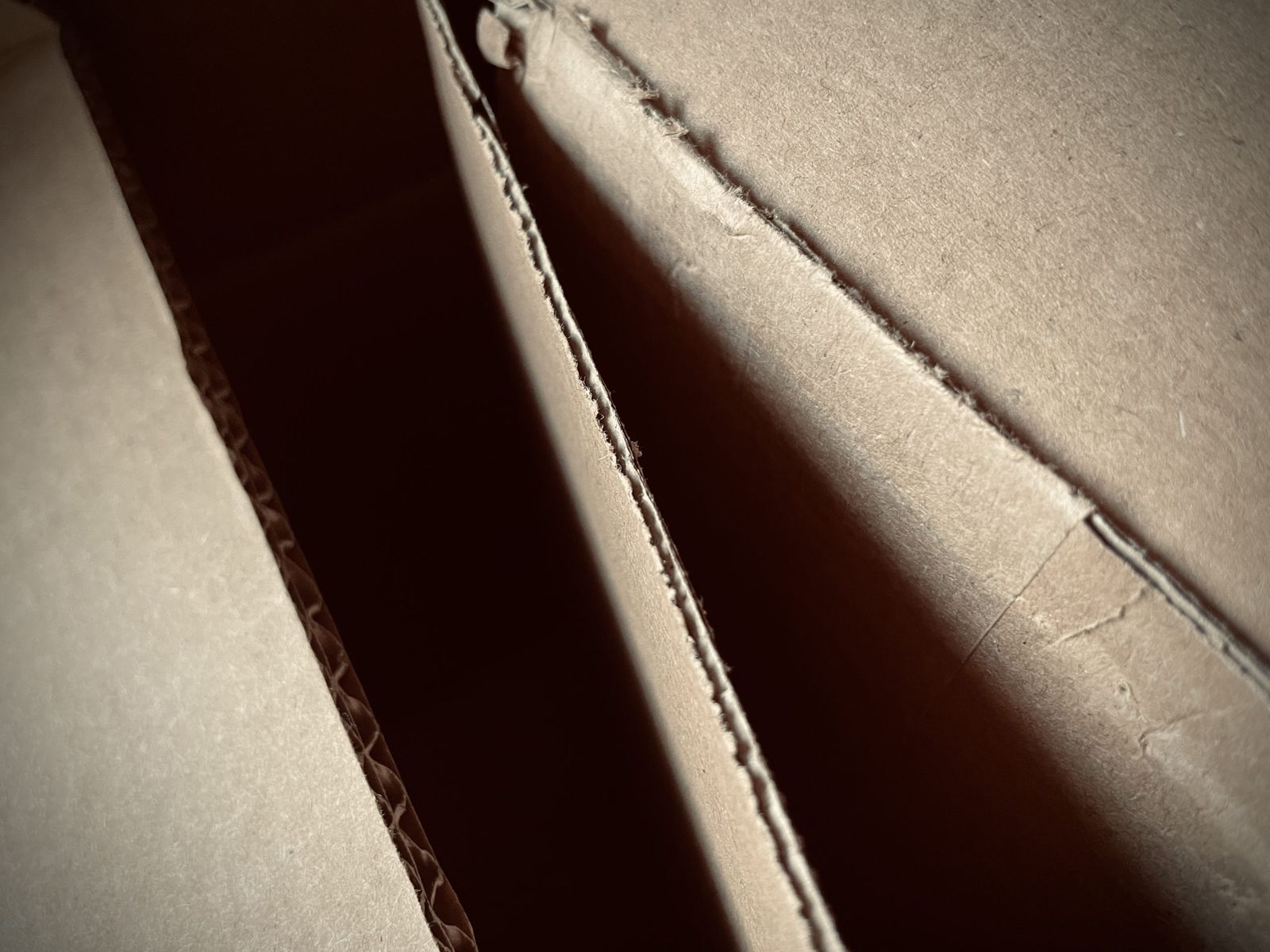
6. Shipping containers
Shipping containers revolutionised world trade, but you need them to keep moving around the world or they all end up in the wrong place. That’s what’s happened recently – Asia recovered from Covid-19 lockdowns more quickly from the rest of the world, meaning the containers full of goods went off to ports around the world…and then got stuck. Either they got held up in ports that didn’t have the staff available to unload them and move goods on (due to lockdowns around the world, or in the case of the UK, border control uncertainty) or they did get unloaded but then sat empty with nothing to put in them to ship back to Asia. Shipping an empty container back around the world is expensive, adding further costs into those already created by the shortage of containers in Asia.
7. Wages
Wages have been rising in Asia for a while, so as with raw materials this isn’t a new issue – it’s just an existing trend that adds into the current mix of other issues.
8. Sea freight cost
Sea freight has also been going up in cost for a while – fuel costs are ever increasing – but with demand for their services up too, plus additional costs associated with safe operating during Covid-19, sending goods via the sea got more costly.
9. Air freight cost
Usually when you jump on a plane for your holidays the plane takes off with you, your suitcases, plus a bunch of other small freight items heading for your destination. With holiday traffic grounded, there’s not the same amount of flights available to carry all the usual freight items. Even if all the suitcases in the hold are replaced with packages, that still leaves a plane full of seats that would usually be full of paying passengers. Shipping by air was already expensive – in the bike industry it’s often only used for samples, prototypes and other urgent items that can’t wait for a boat to chug around the world – and now it costs more.
10. Brexit
Yay, a bonus cost for UK readers! You can debate whether it is Brexit itself or just the uncertainty around it that is adding to costs, but at least until all the rules are finally figured out and all the paperwork becomes clear and streamlined, companies are risk-pricing for shipments to and from the UK. Shipping companies don’t want to find themselves anchored outside Felixstowe waiting for a docking spot while they pay sailors to just sit there. Container owners don’t want to risk their containers getting stuck in Immingham because they don’t know what paperwork is needed to export the contents (or there aren’t any contents to put in it). Couriers don’t want to take on the risk of failing to meet a delivery time or being stopped at the border for the wrong paperwork. All those risks add cost to the service, and that cost makes its way to you.
Will this change?
What does all that mean? Well, it could mean that if you’ve seen a bike you think you want, then now could be a good time to buy it. Wait a few months and it might well not be in stock any more – and what’s to say what it will cost then? If you like certainty, buy now and get riding.
Alternatively, if you’ve already got a bike, maybe you should just keep riding that. Show it some love and care for it regularly so as to avoid the need for any replacement (probably out of stock) parts and wait until you really really need a new bike, or you see that perfect ‘The One’ at just the right price.
Is this a bubble, and we’re set to see a huge rush to the second hand market to offload bikes as people leave lockdown and go back to driving their cars, or as economic downturn hits and people try to sell off a few items to pay for other things? Sure, there might be the odd bargain to be had as someone has overstretched their finances, but with the resale price of a bike quite a lot less than the purchase price, it’s not a great proposition and you’ll likely value the ‘free’ activity it offers you if life is going a bit tits up. In the next 12-18months it seems unlikely that we’re going to see a huge shift in behaviour or a sudden offloading of bikes purchased in 2020 – there’s enough uncertainty in the world that people are likely to want to keep hold of their bikes in case there’s another lockdown. Holidays at home rather than abroad will likely make people keener to keep hold of their bikes too: hot tip, buy a bike rack for your car before those sell out for the summer holidays. Some of these people are going to discover that they actually like bikes and want a better one, so as they hit the upgrade market they’ll potentially add to the future demand for the kind of bikes you’ve likely got your eye on. If there’s a flood in the second hand market any time soon, it’s perhaps more likely to be at the lower end of quality and price.
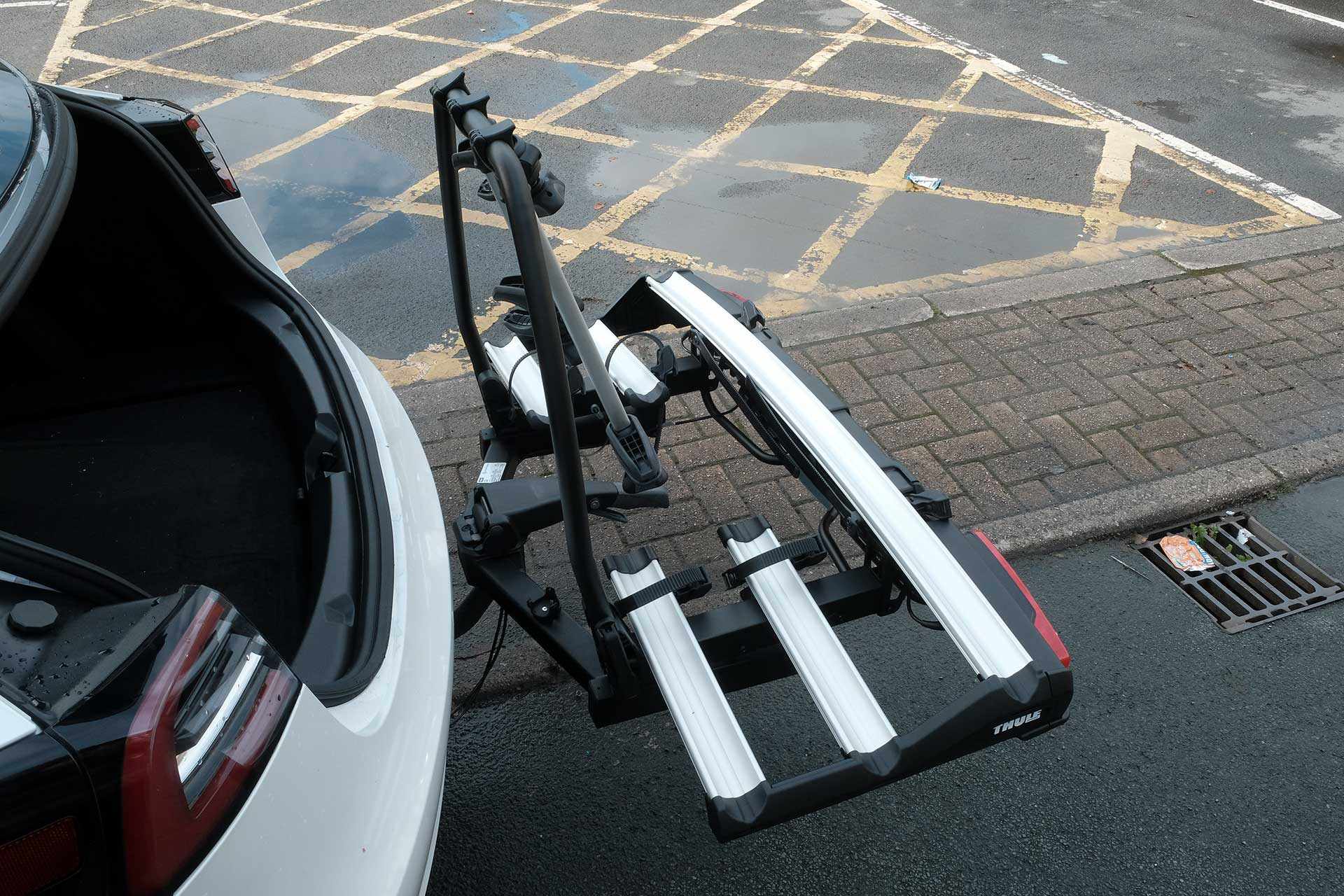
Are things going to get cheaper? We’d say probably not. Expanding capacity at a factory level is a big undertaking and a risky tactic that is unlikely to happen any time soon. Perhaps if active travel and cycling trends stay on an upwards trajectory as we get into a more stable manner of co-existence with Covid-19 then such investment might be made then, but with so much ongoing uncertainty in the world right now, we don’t see it happening yet. Consequently we don’t expect to see a huge shift in manufacturing capacity in the near future, so supply isn’t going to push prices back down. Rising costs of fuel, wages and raw materials were already happening, so they’re not going away either. The earliest we’d expect to see any sale bargains in the shops would be the second half of 2022, if shops find themselves sitting on stock that hasn’t sold.
Is there a positive in all this? Well, maybe: more demand for bikes means more people on bikes, and that has got to be a good thing. Can we keep them on bikes, and help turn them into advocates for all things bikey? Imagine the influence that could have – bikes on trains, bike lanes, bike trails, increased outdoor access… ‘Ten things we can all hope for in a cycling boom’…is that another article?


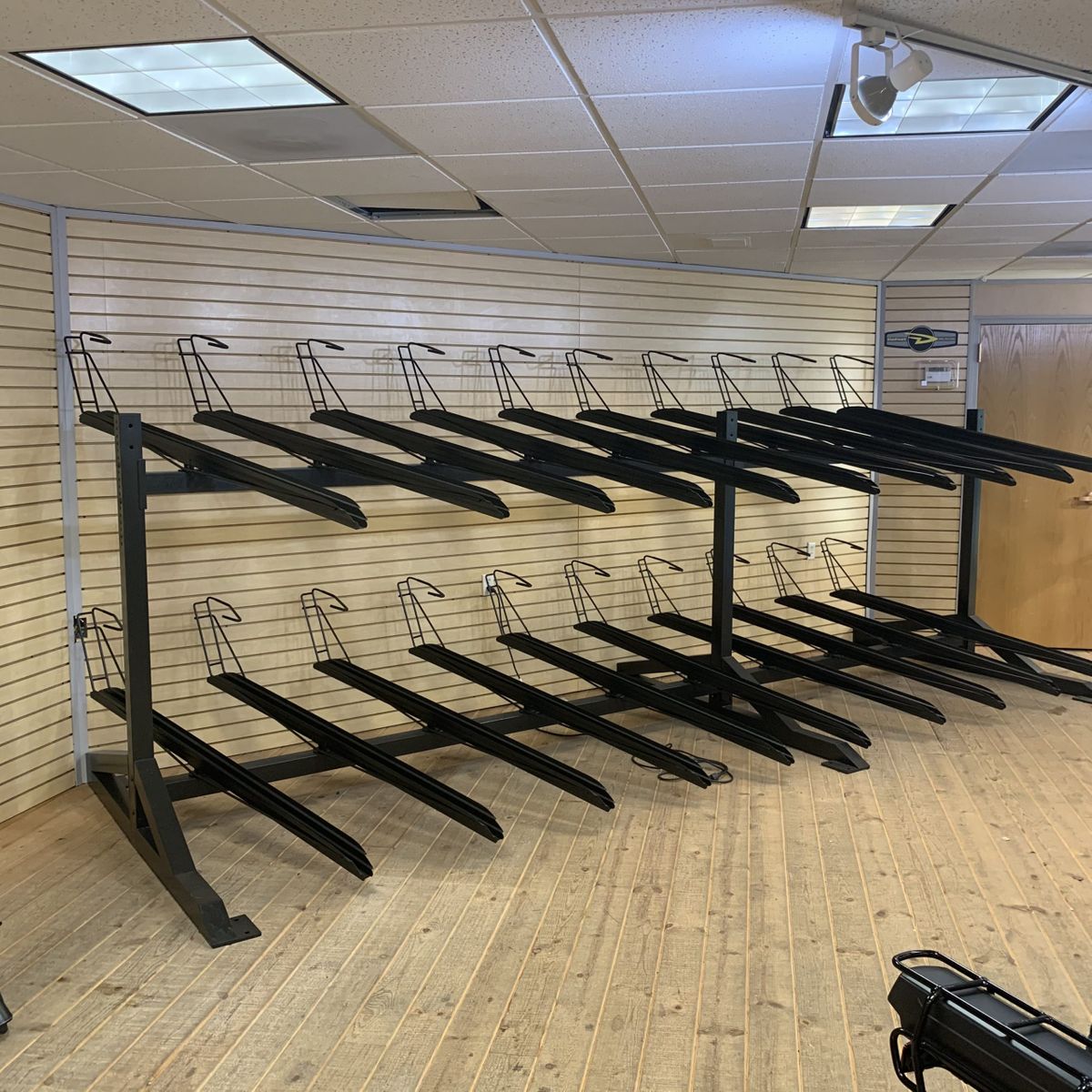
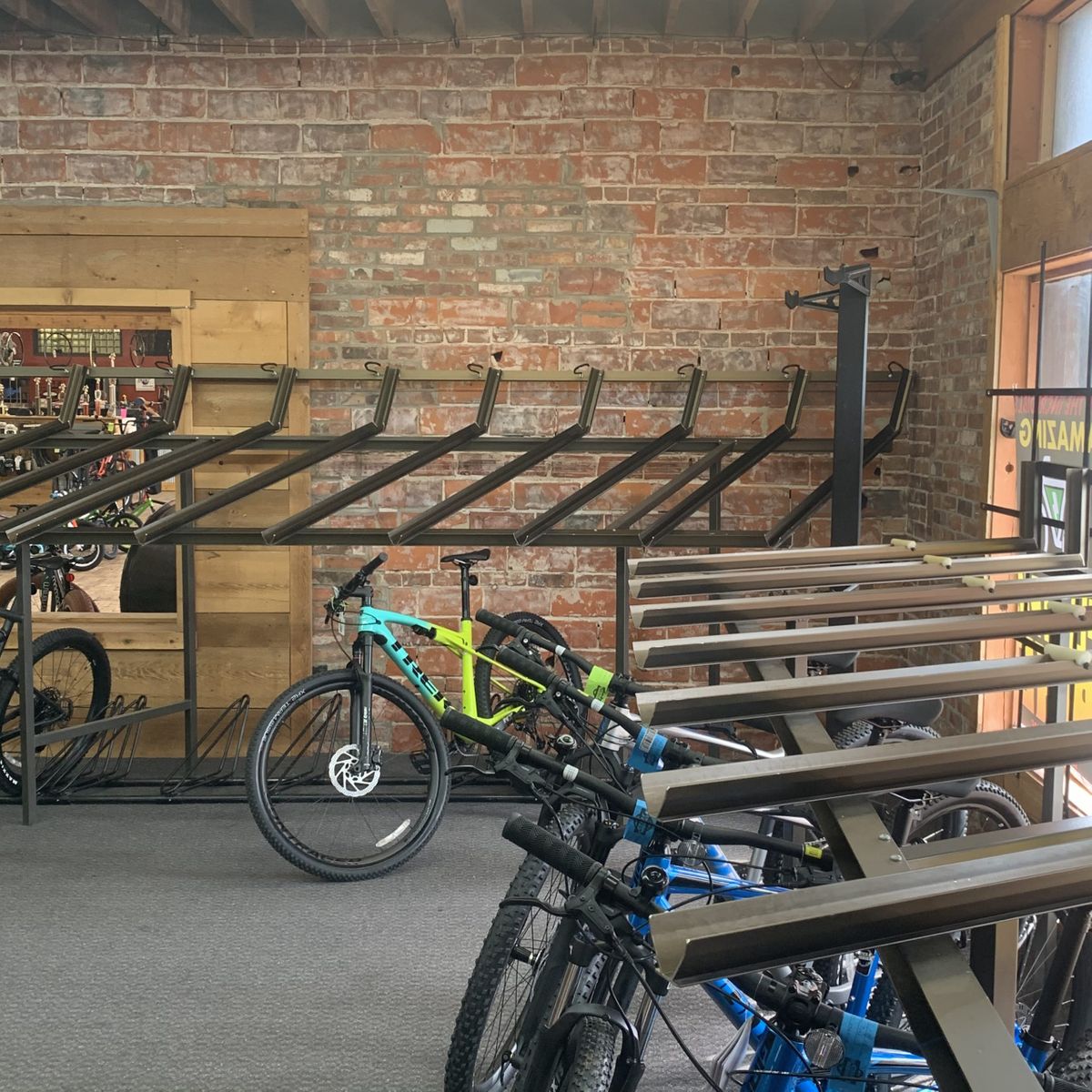
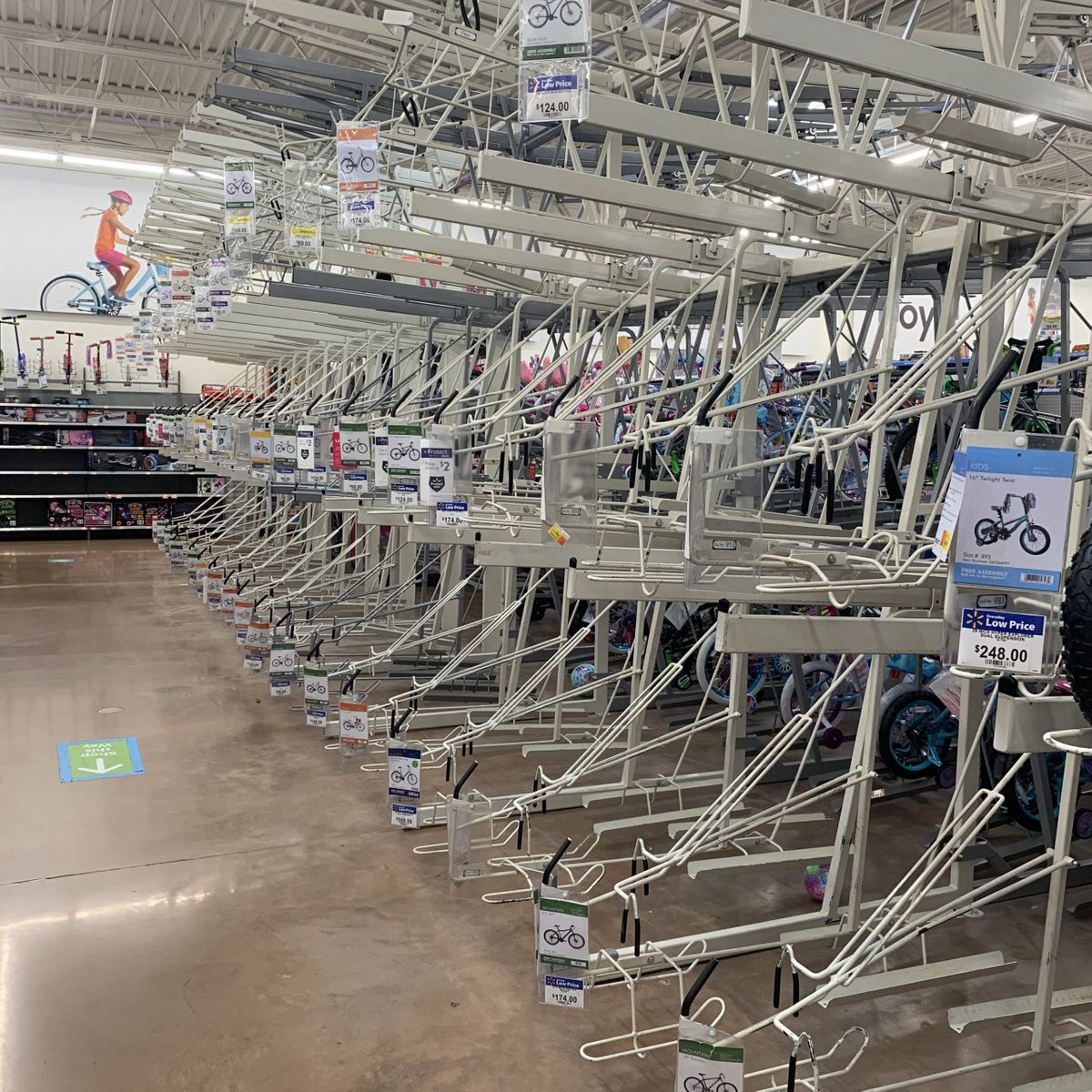
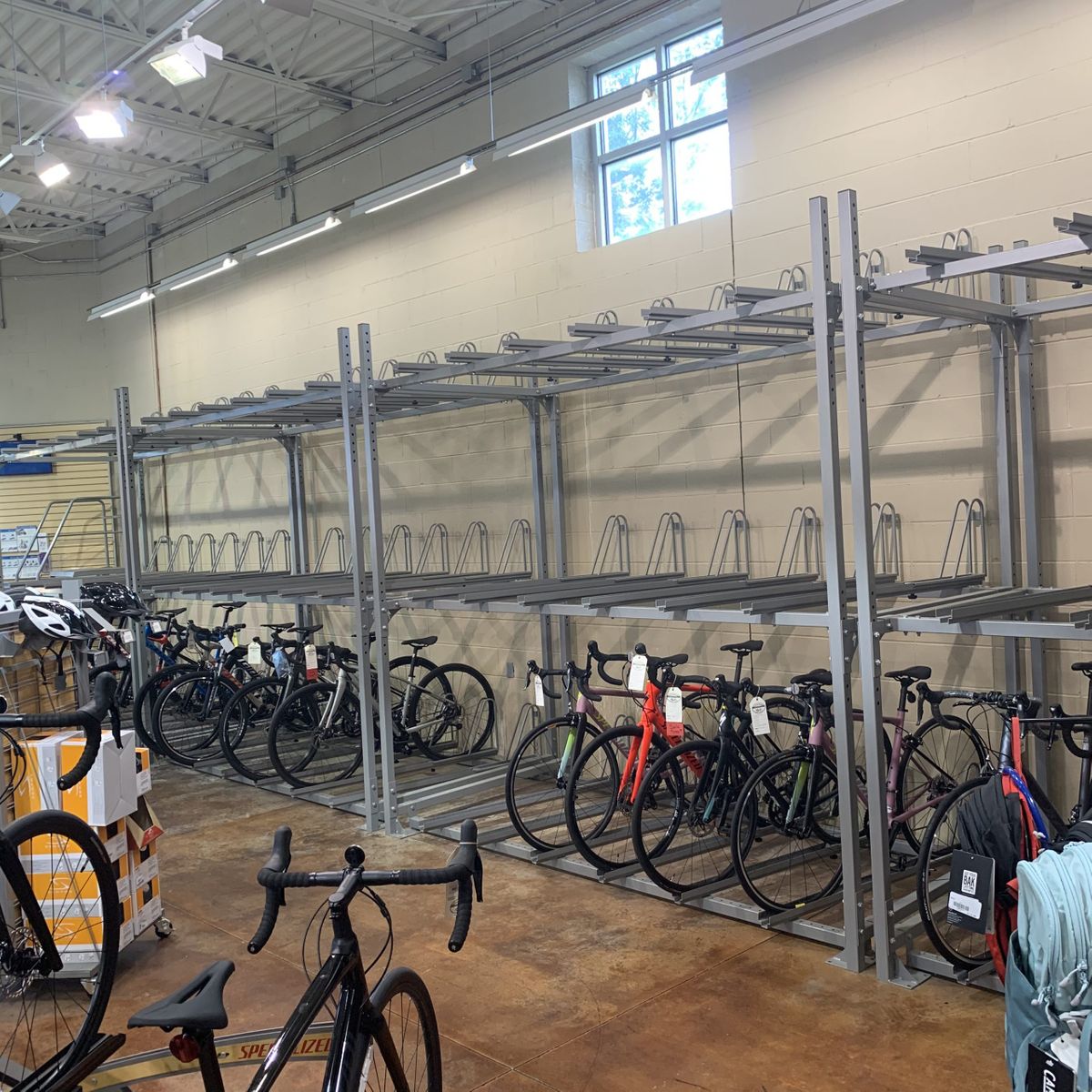







Buy a bird.. I did got it in a good time frame with no price hikes!!.
You missed the ‘it’s bloody addictive’ option out too.
Waiting for the next Whyte 909 to come out as V3 ran out…. Wonder what price it’ll come out with!!
I’m still knocking about on my Cannondale Prophet and love it. I wouldn’t fancy trying to get a new bike just now.
Glad I got a new (road) bike last January, just before the world as we knew it ended!
The full susser should be good for some years yet with Hope brgs, hubs etc.
I managed to get a couple of bargains last year, both on brand new second-hand bikes (oddly, both bought by their original owners from Evans). The first of these was a still boxed Cannondale Habit that I bought in Dec ‘19 from someone looking to free up funds to go travelling (…not sure that went to plan). The second was a Norco Bigfoot bought between lockdowns from someone who needed the cash as they’d been furloughed. Both of these were less than half price. There’s no way I could justify buying either for current market values.